Philodendrons are some of the most popular houseplants around thanks to their tropical look and forgiving nature. With over 450 species, there is a philodendron for every style and skill level. Let’s explore some of the most common types of philodendron and their care so you can choose the right one for your indoor garden.
Heartleaf Philodendron
The heartleaf philodendron is one of the most popular philodendrons with its lush, deep green, heart-shaped leaves. This vining philodendron is an easy-to-grow houseplant that can tolerate low light conditions and occasional neglect.
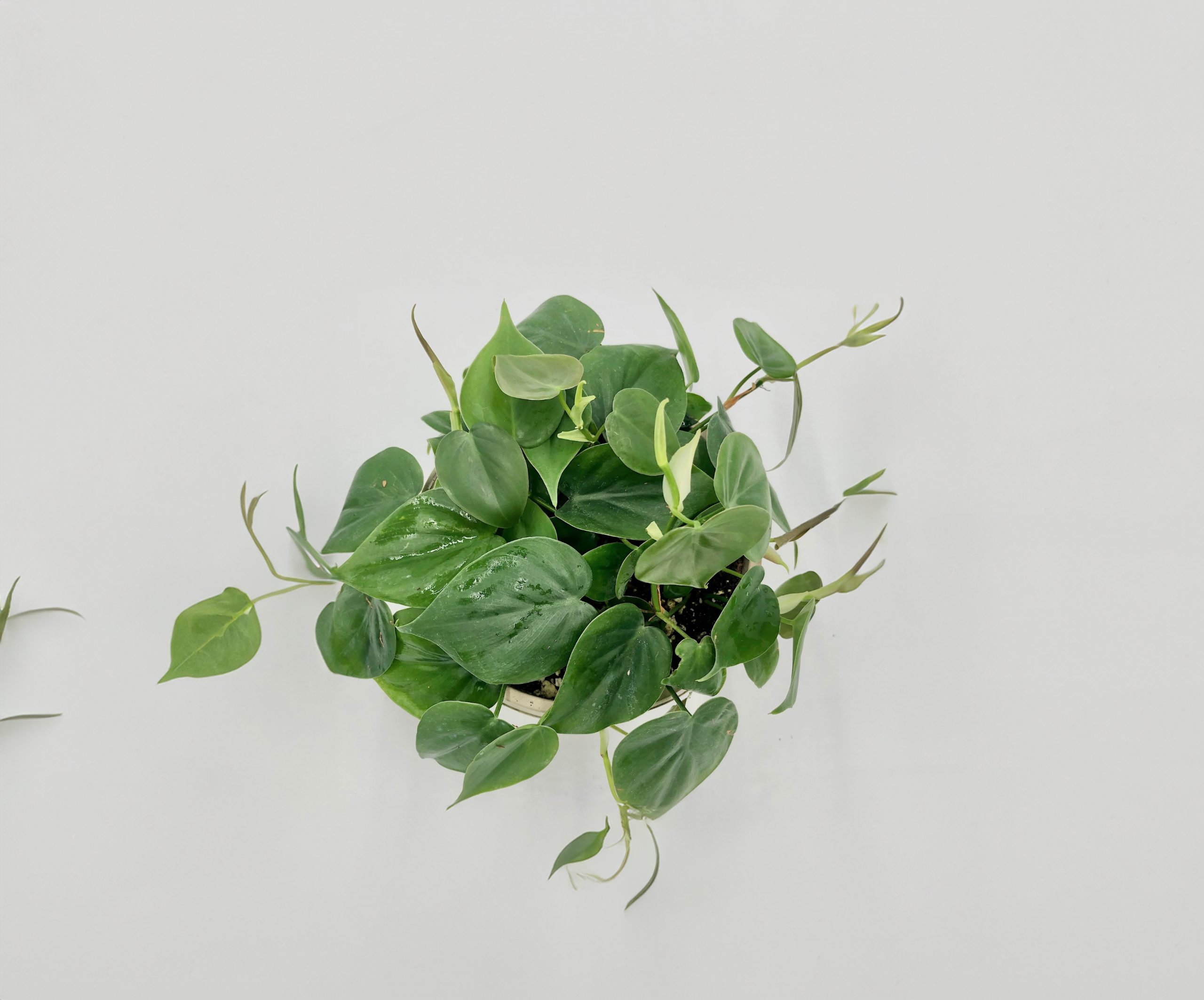
Key Features
- Heart-shaped leaves around 2-4 inches long on trailing stems up to 4 ft long
- Deep green leaves with a velvety texture
- Low maintenance and easy to prune back
- Trails beautifully in hanging baskets
Growing Conditions
Heartleaf philodendrons thrive in bright, indirect light and average room temperatures between 65-80°F. Allow the top inch or two of soil to dry out between waterings. Mist the leaves occasionally to increase humidity. Prune back trailing stems to control size.
Fun Fact
Heartleaf philodendrons remove formaldehyde from the air, making them a great choice for improving indoor air quality.
Brasil Philodendron
The Brasil philodendron features vibrant yellow, green, and cream variegated heart-shaped leaves. One of the more cold hardy philodendrons, it can add a pop of color without being fussy.
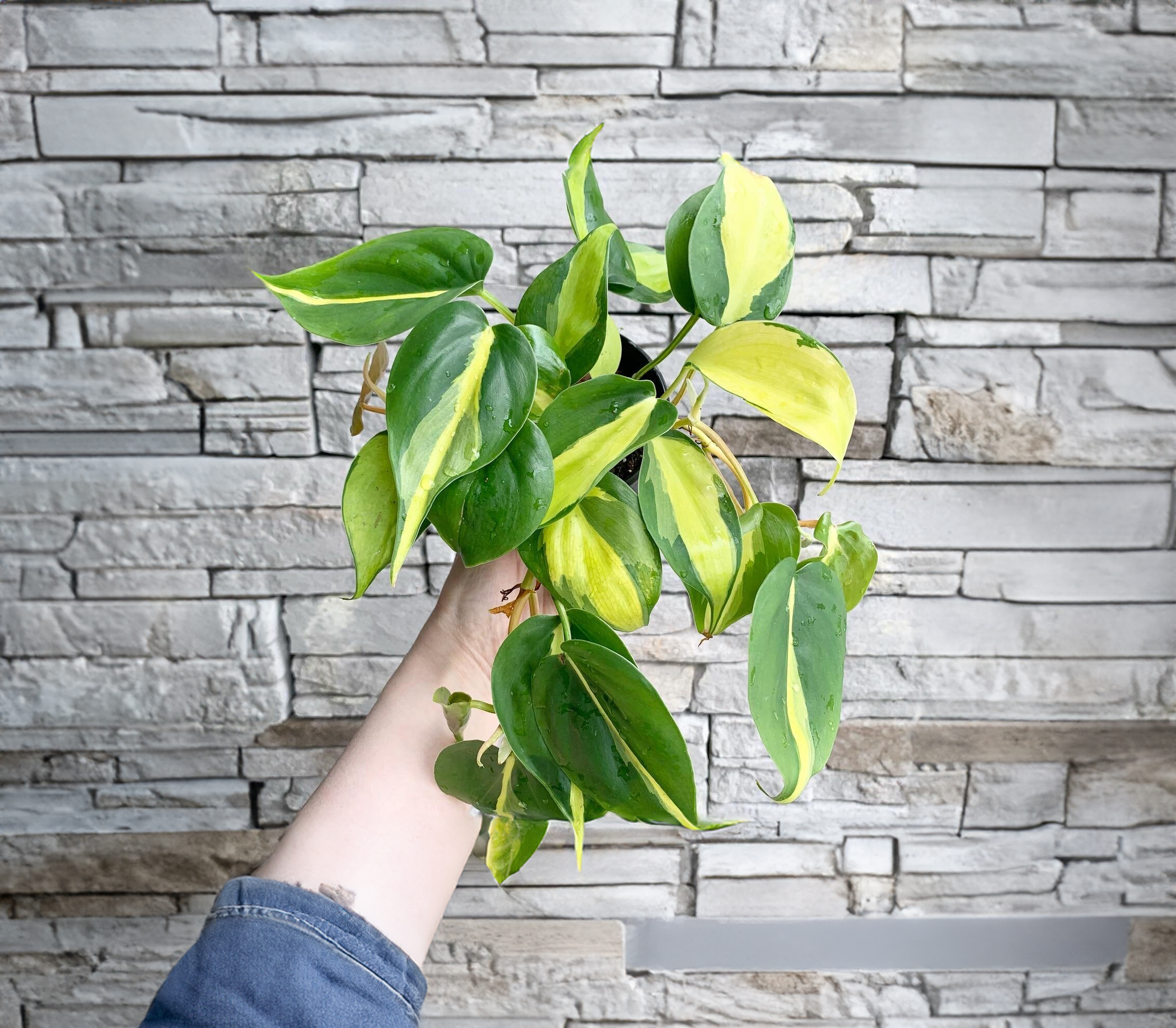
Key Features
- Heart shaped leaves 4-5 inches long in shades of yellow, lime green and cream
- Trailing stems grow up to 4 ft long
- Tolerates more cold and low light than other philodendrons
Growing Conditions
Brasil philodendrons thrive in bright, indirect sunlight and average household temperatures between 65-80°F. Allow the soil to partly dry out between waterings. Wipe leaves often to keep the variegation vibrant.
Fun Fact
The striking variegation on Brasil philodendron leaves is caused by a lack of chlorophyll, not different colored pigments.
Split Leaf Philodendron
With its large, lobed leaves, the split leaf philodendron makes a bold statement in any indoor garden. It grows slower than other philodendrons but can reach up to 3-4 ft high at maturity.
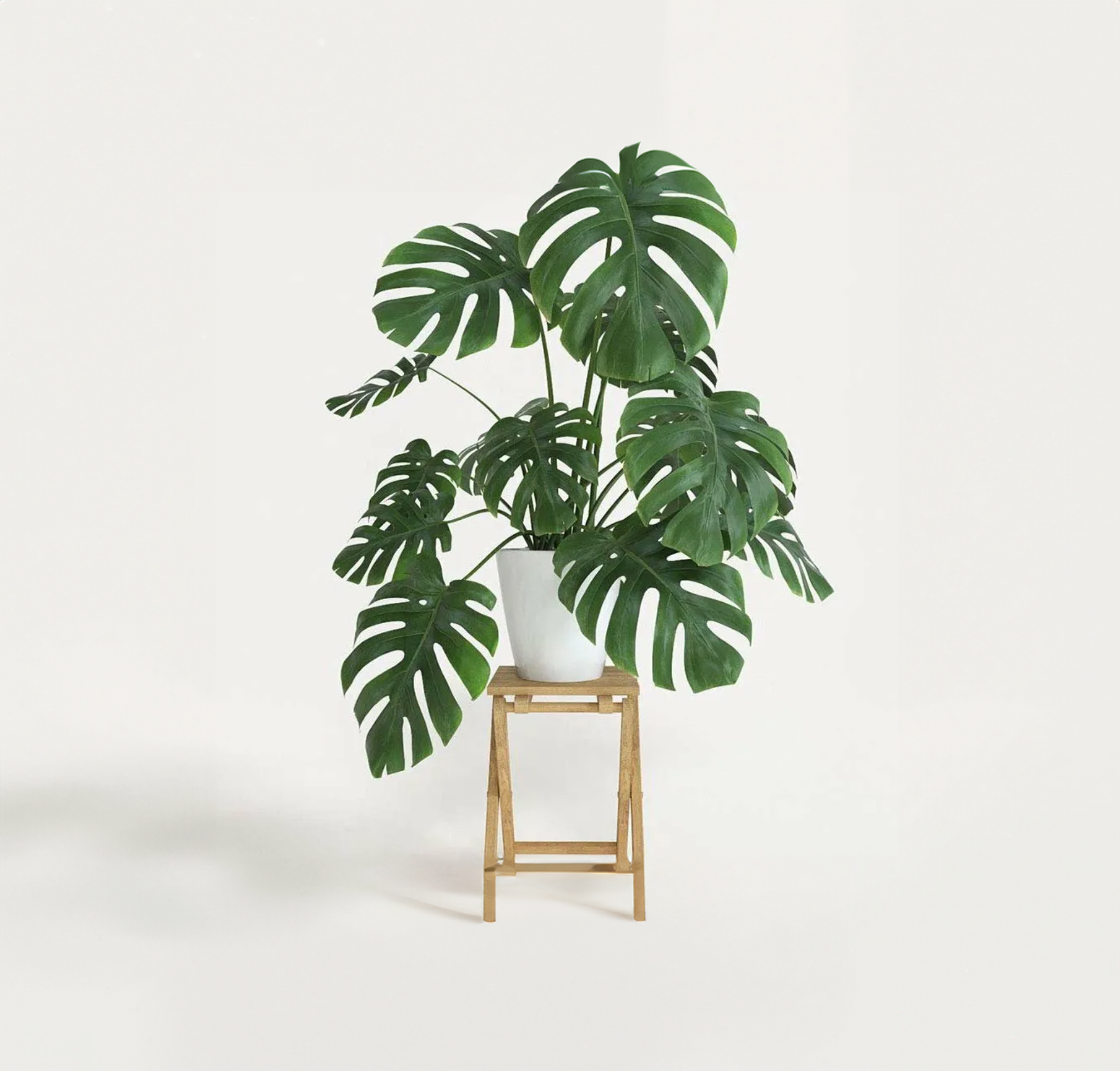
Key Features
- Deeply lobed, split leaves up to 16 inches long
- Dark green leaves with orange stems
- Large floor plant up to 3-4 ft tall when mature
- Prefers to be rootbound
Growing Conditions
Split leaf philodendrons grow best in medium to bright, indirect light. Keep soil slightly moist but not soggy. Mist leaves occasionally for added humidity. Move outdoors in shaded areas during warm months.
Fun Fact
The split leaf philodendron is native to the tropical rainforests of Paraguay and southern Brazil.
“Explore the Exceptional 2023 Philodendron Variegata Collection: A Curated Selection of the Rarest and Most Unique Varieties Available.”
Lacy Tree Philodendron
Named for its elegantly lobed, lace-like leaves, the lacy tree philodendron looks almost prehistoric as it climbs up supports or trails from hanging baskets. It grows slower than other philodendrons but is worth the wait.
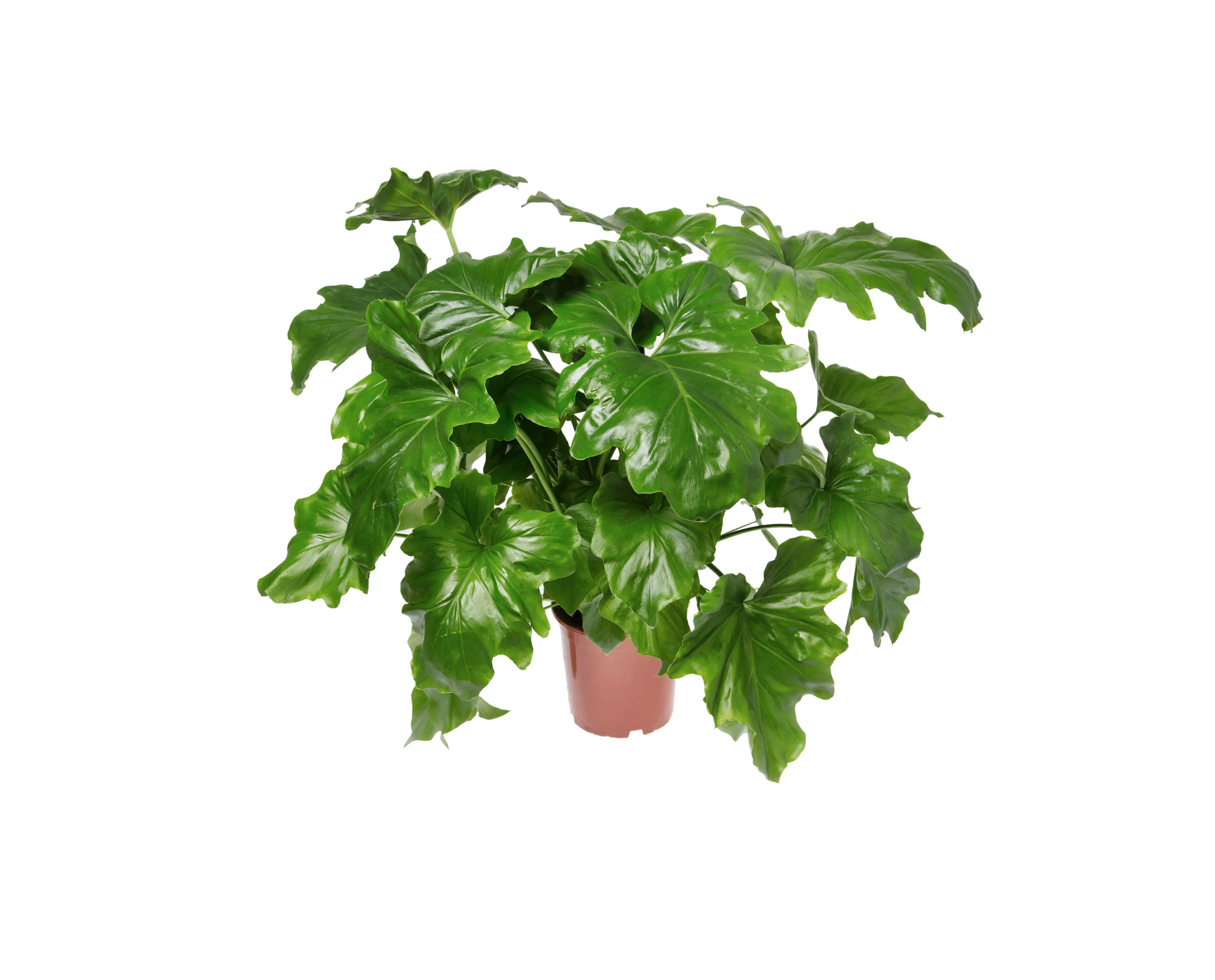
Key Features
- Deeply divided leaves with delicate, frilly look
- Graceful climber or trailer reaching 4-6 feet
- Bronze new leaves mature to dark green
- Climbing aerial roots for support
Growing Conditions
Lacy tree philodendrons prefer bright, indirect sunlight and average room temperatures. Allow soil to partly dry out between waterings. Mist to boost humidity. Stake or hang trailing stems for support.
Fun Fact
The lacy tree philodendron is native to the rainforests of Colombia and Ecuador in South America.
Velvet-leaf Philodendron
This vining philodendron gets its name from its smooth, velvety leaves. An easy-to-grow houseplant, it can adapt to a wide range of light conditions and is great for beginners.
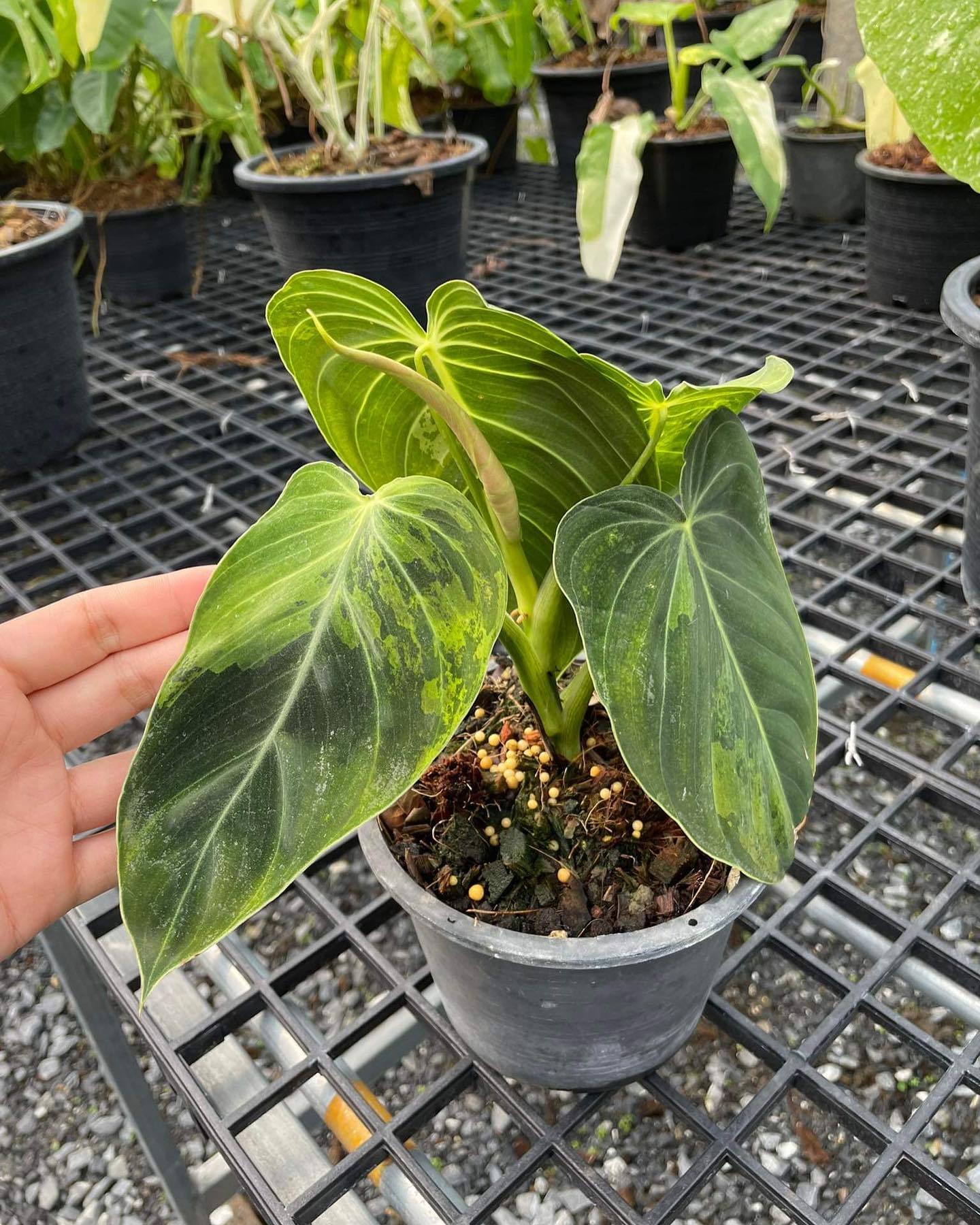
Key Features
- Heart-shaped, velvety leaves 2-4 inches long
- Trailing stems up to 4 ft long in bright or low light
- Deep green leaves with reddish undersides
- Unfussy and easy-going
Growing Conditions
Velvet-leaf philodendrons thrive in average room temperatures and moderate light from bright indirect to low light spots. Allow the soil to partly dry out between waterings. Wipe leaves to prevent dust buildup.
Fun Fact
The velvet-leaf philodendron removes air pollutants like formaldehyde and benzene from the air.
Where to buy philodendrons? Benefits from importing plants from Thailand
- Shipping: Door to door shipping, fast and safe with Dragon Courier
- Biodiversity: Thailand is known for its rich biodiversity, including a wide variety of aroid species. This diversity allows importers to access a broad range of unique and exotic aroid plants.
- Quality and Health of Plants: The suitable climate helps the plants grown here stay healthy and of high quality.
- Cost-Effectiveness: Due to favorable growing conditions and efficient production methods, Thai aroid plants can often be more cost-effective compared to those from other countries.
- Access to Hybrid Varieties: Thai growers are often involved in the development of new hybrid aroid varieties, offering unique plants that may not be available from other sources.
Philodendrons species are the most sought after by aroid plant lovers
Conclusion
With their tropical foliage and vining growth habit, philodendrons make excellent houseplants for both beginners and experts. Whether you’re looking for a trailing plant, a climber, or a bold floor plant, there’s a philodendron to suit your space and needs. Following the care tips for each variety is key to keeping your philodendron healthy and happy indoors.





















